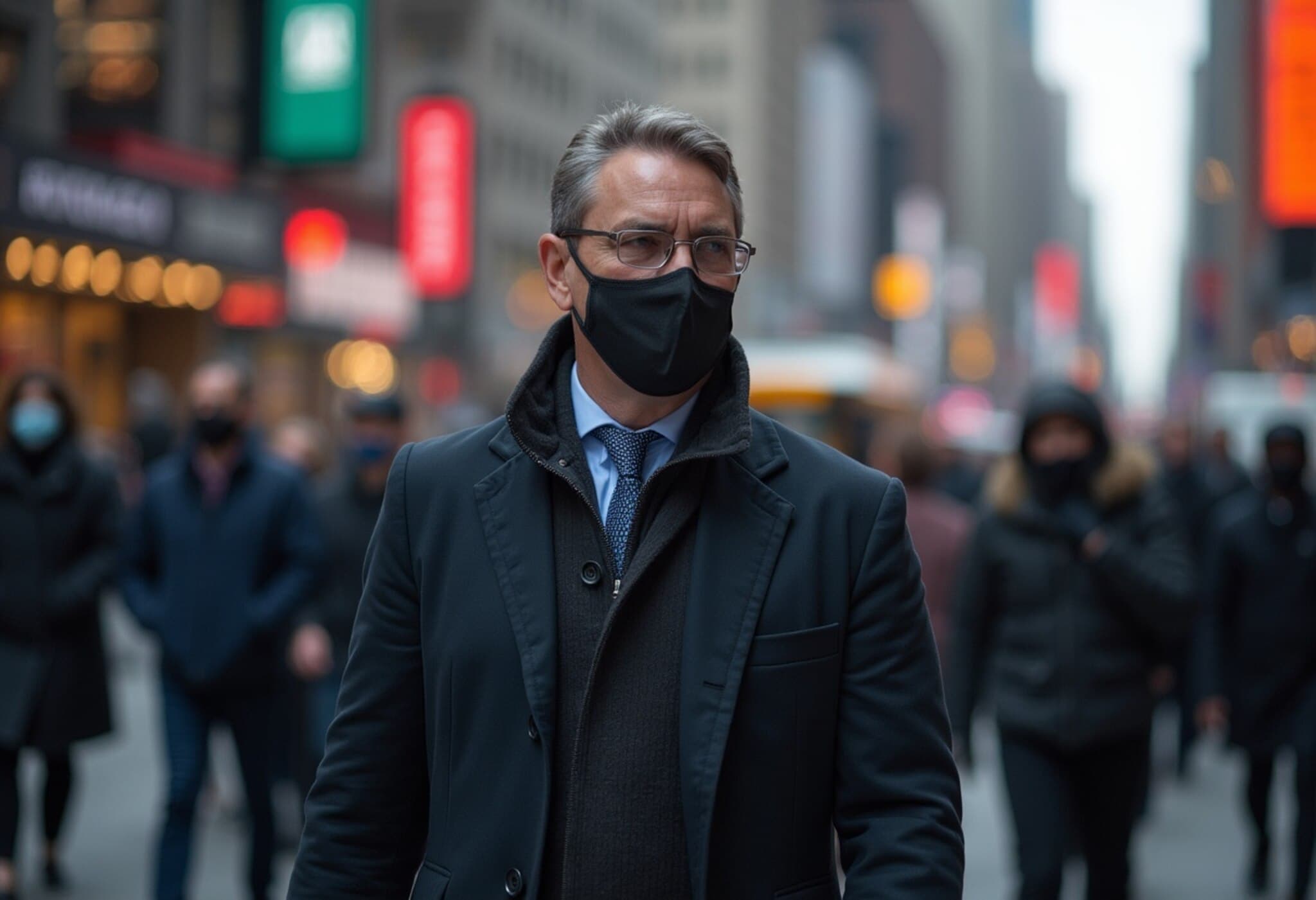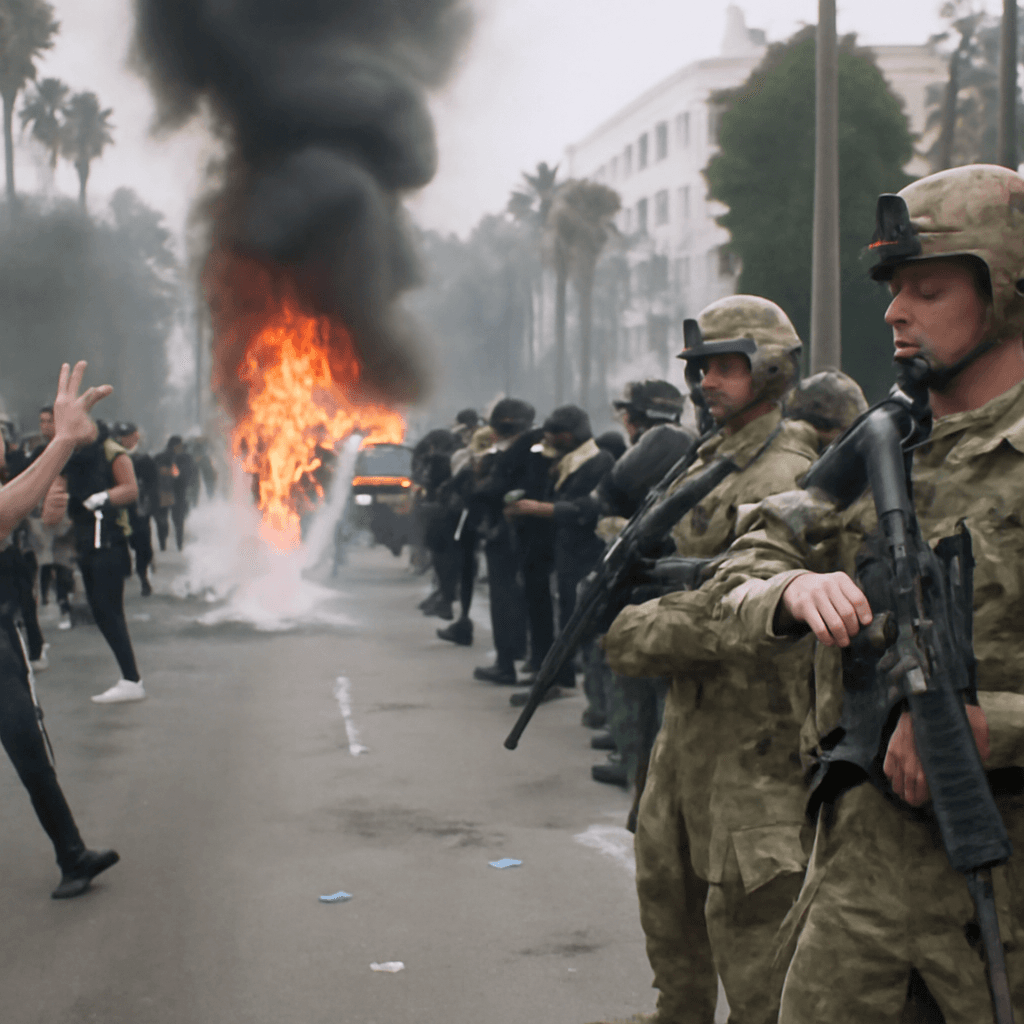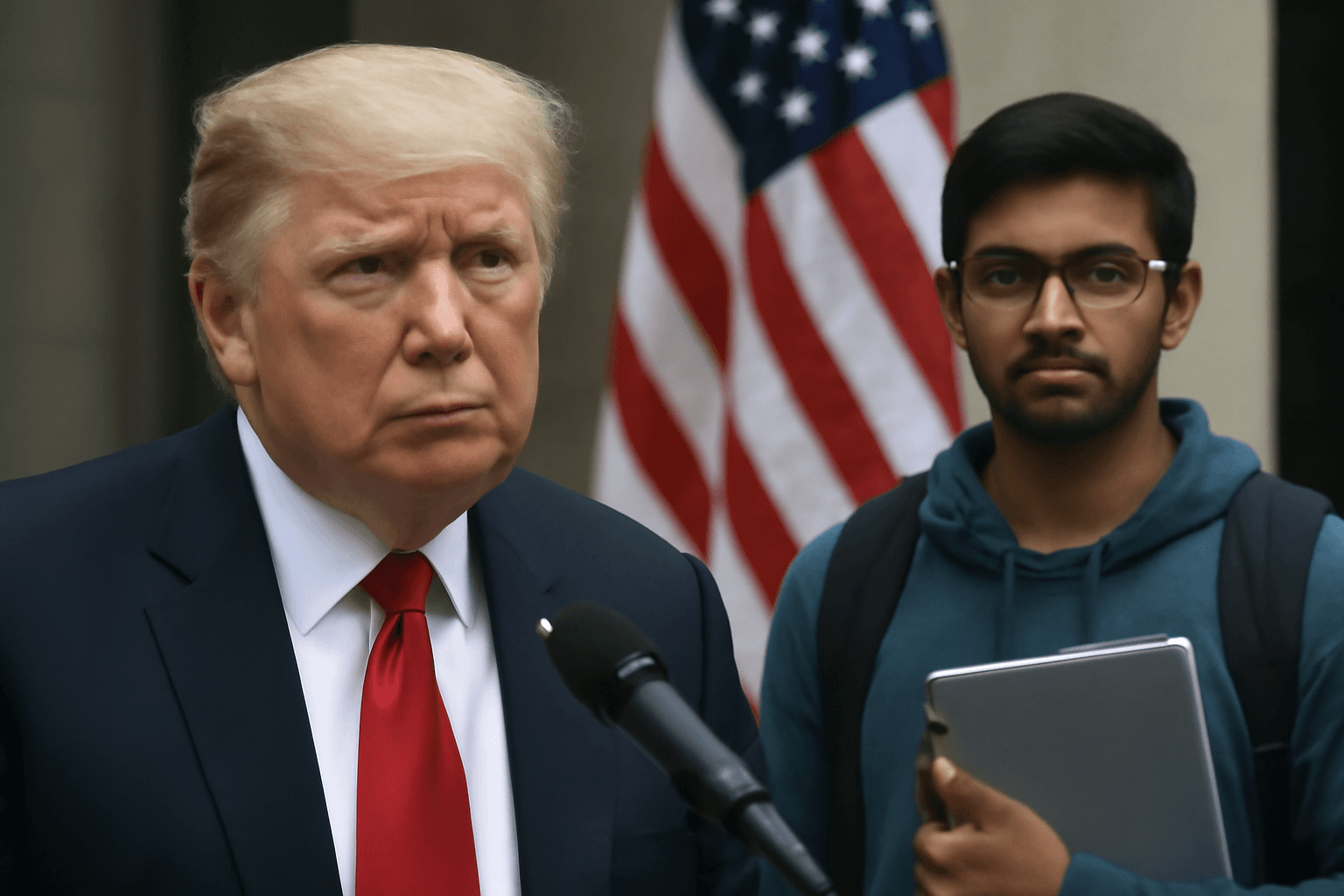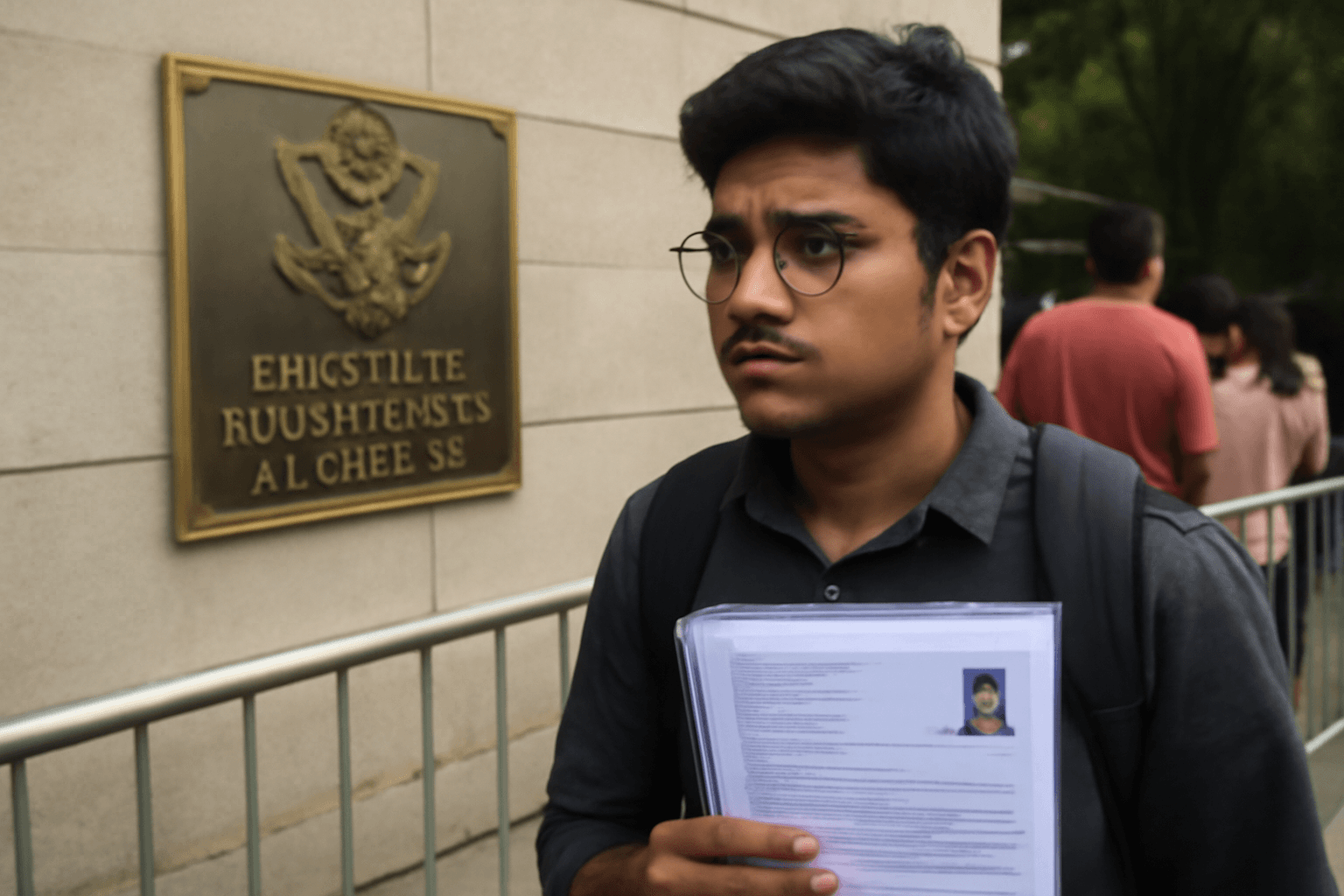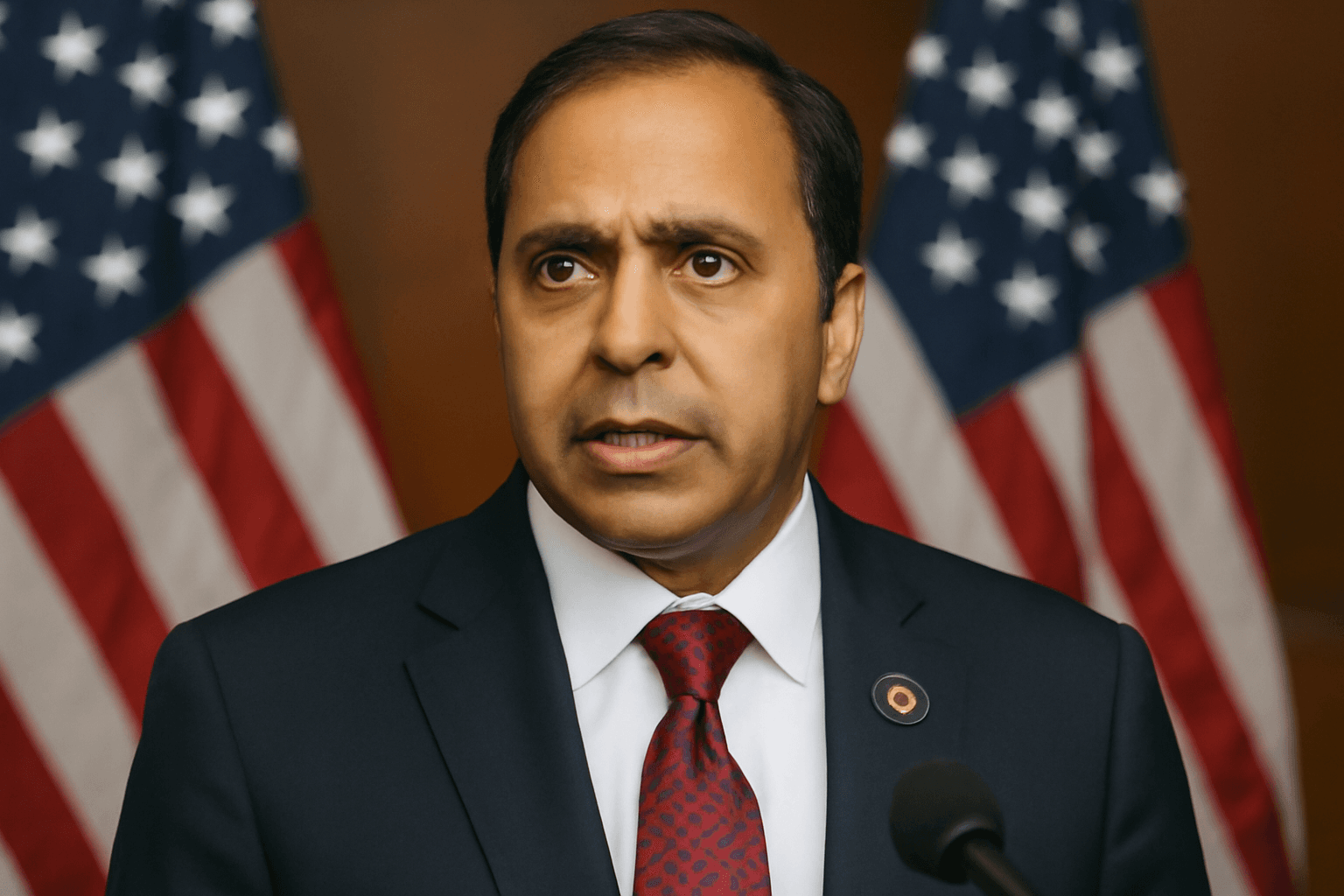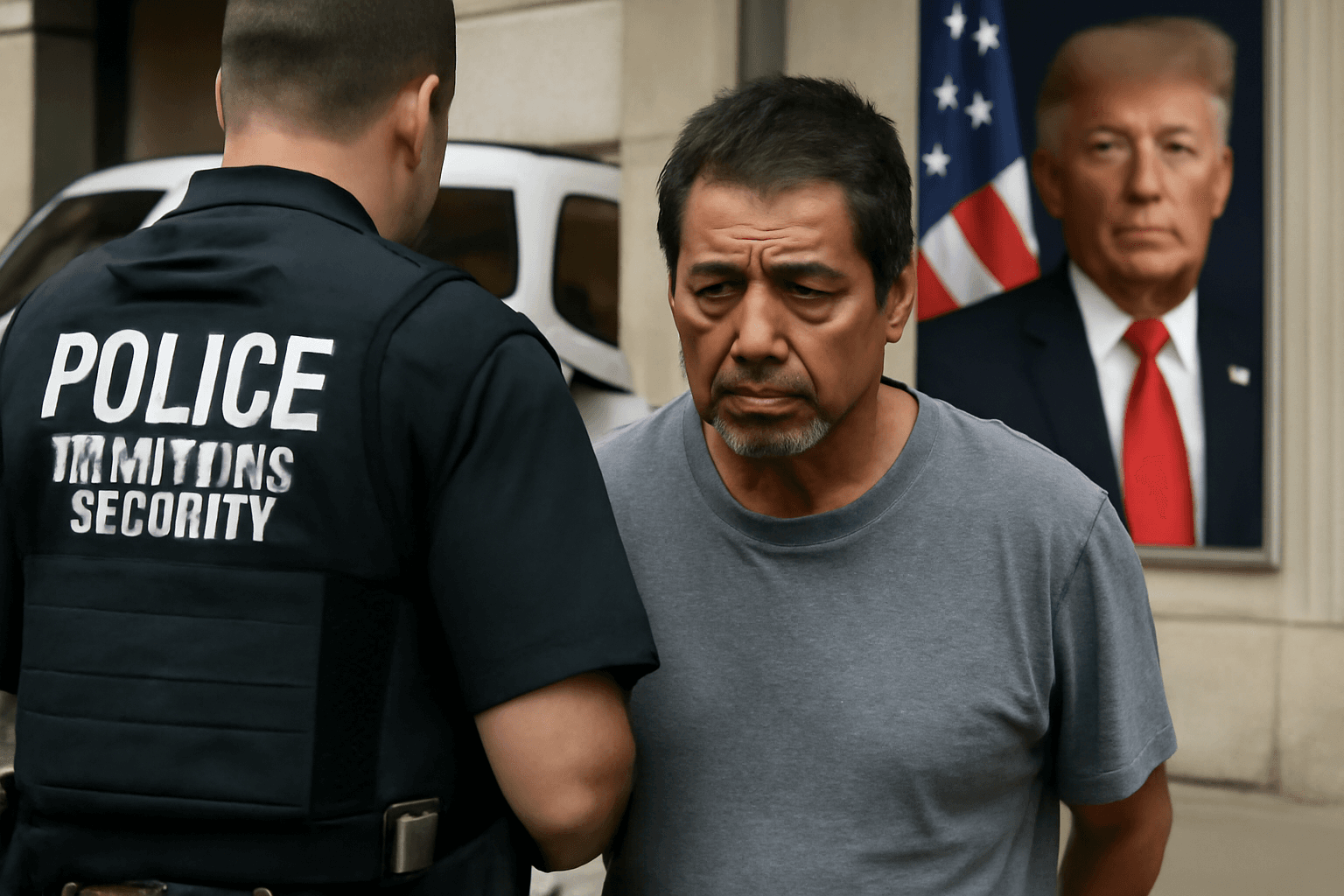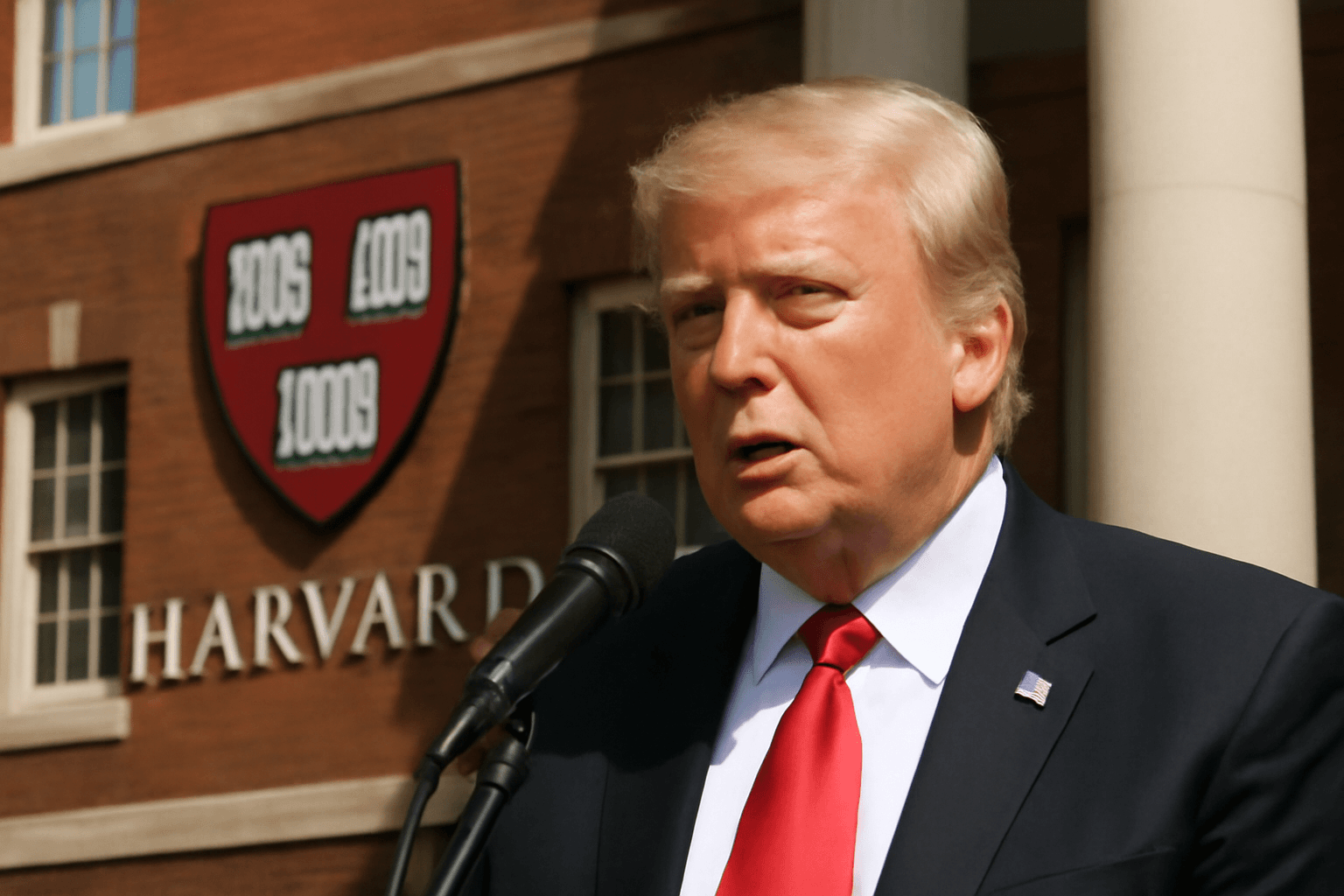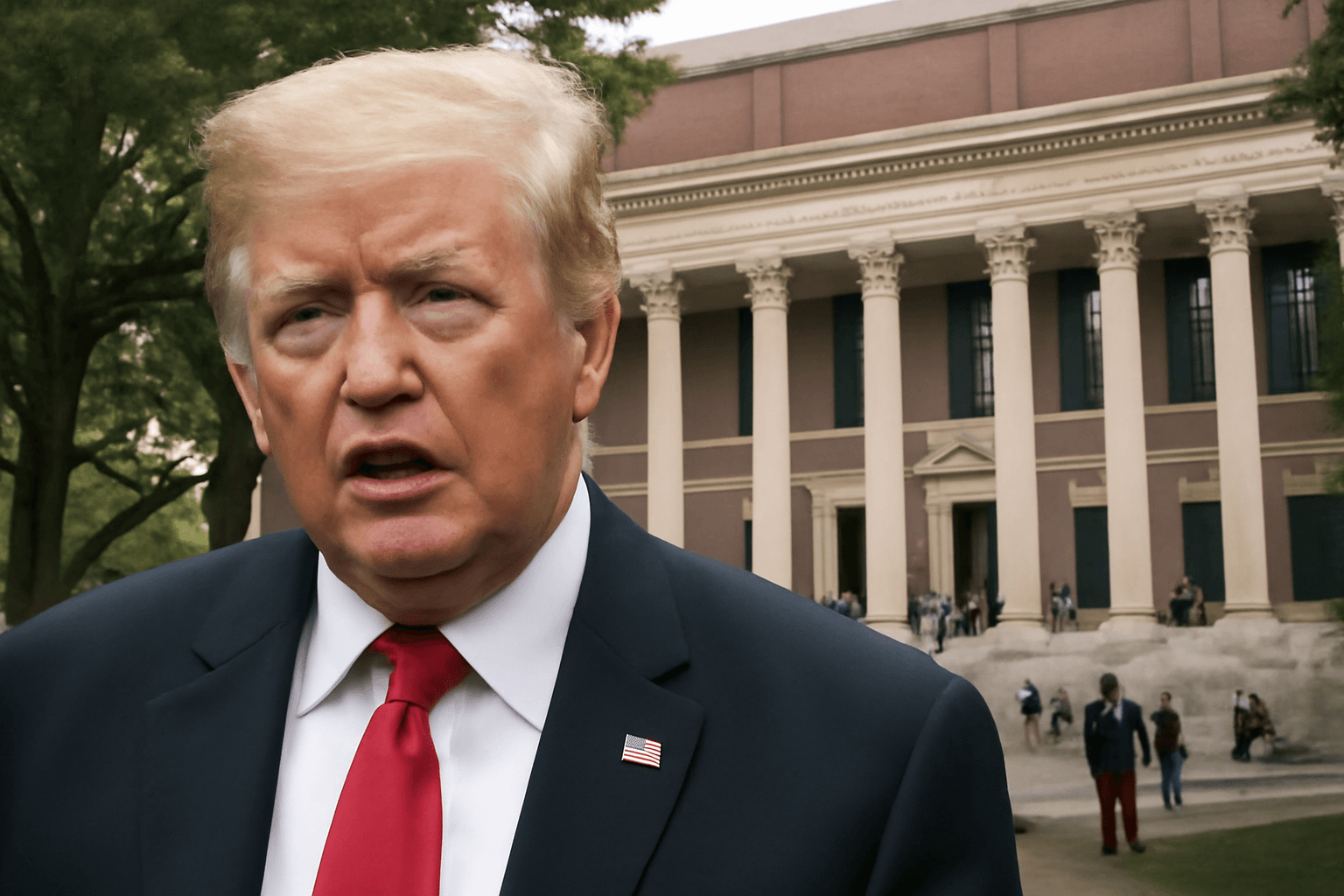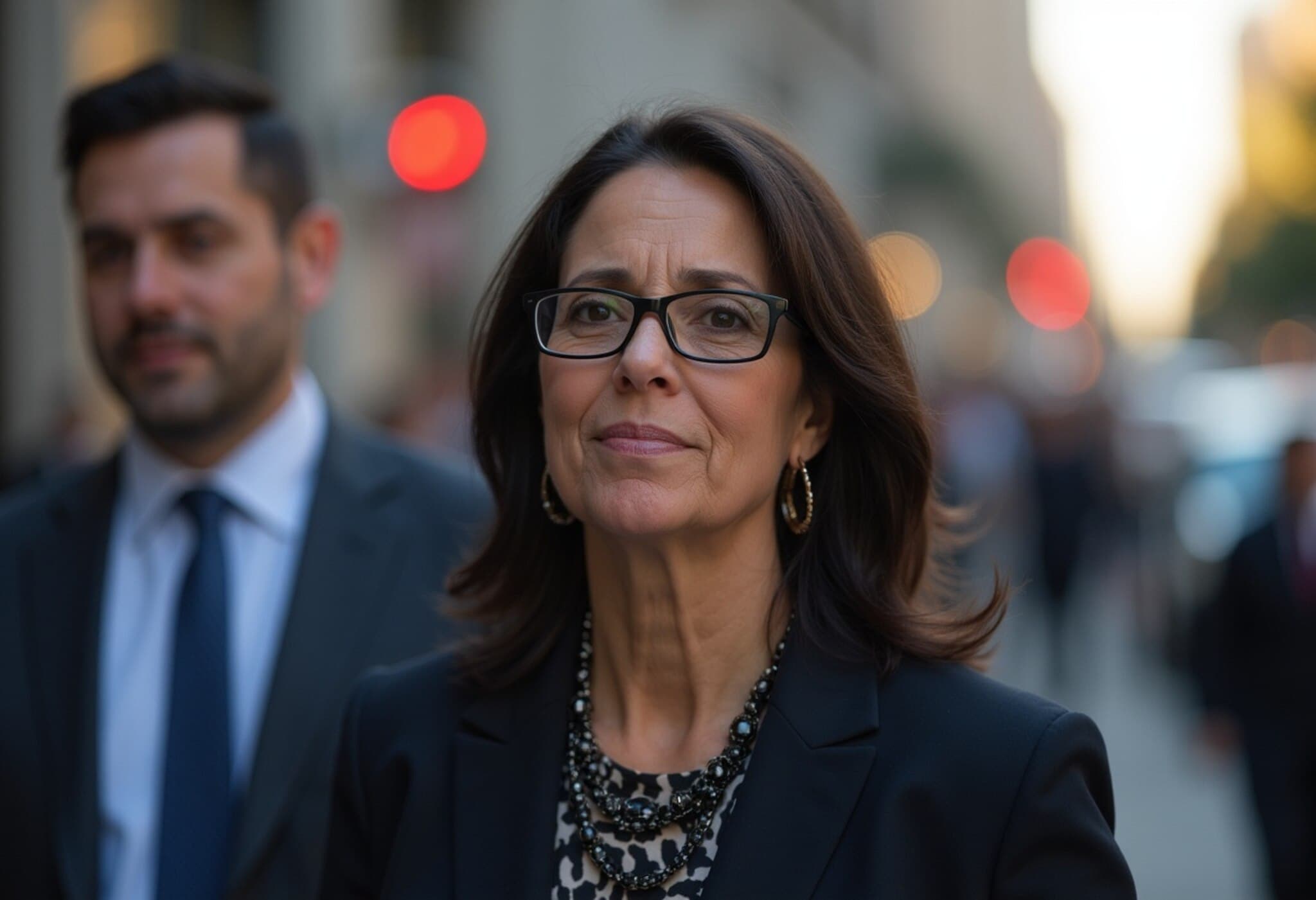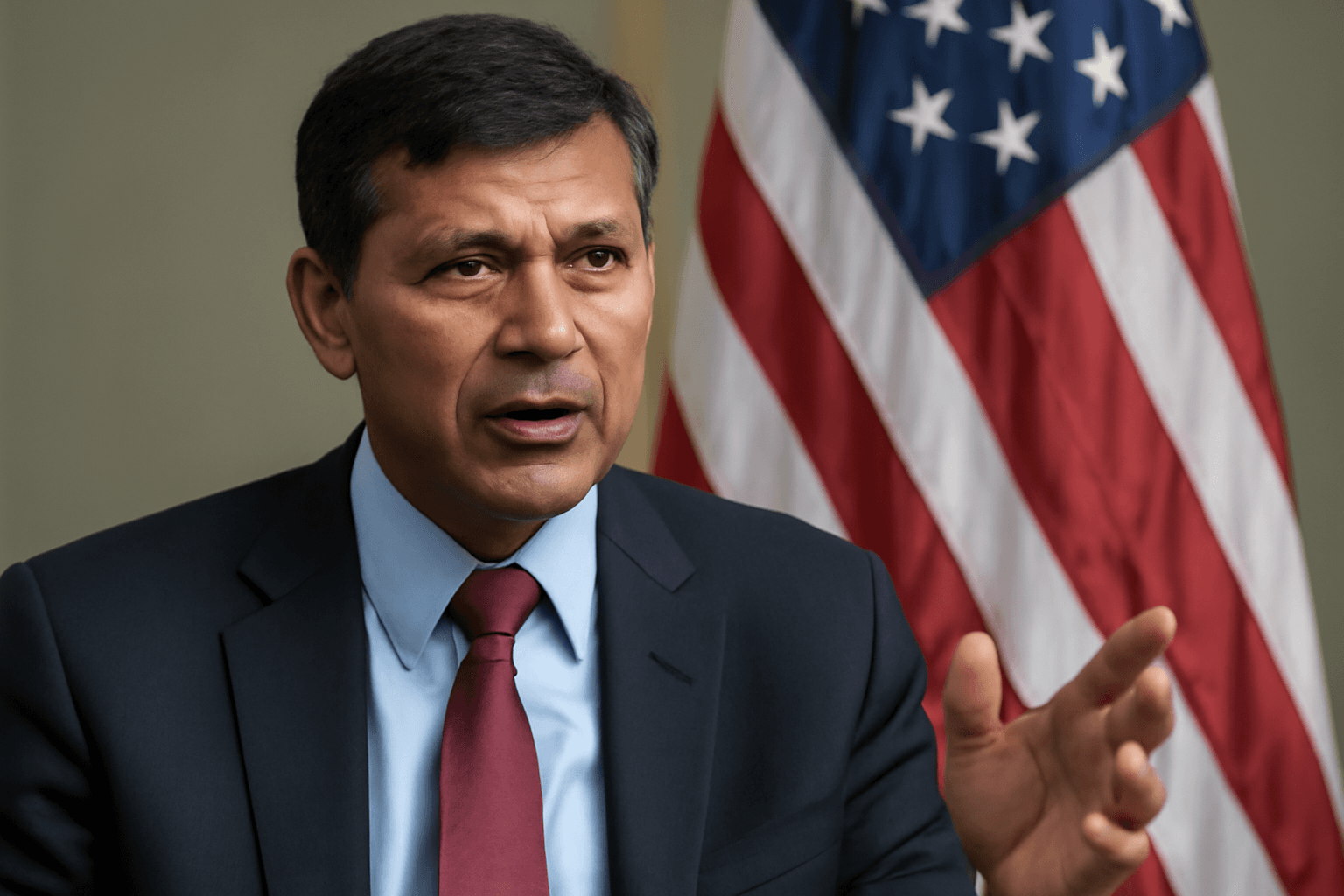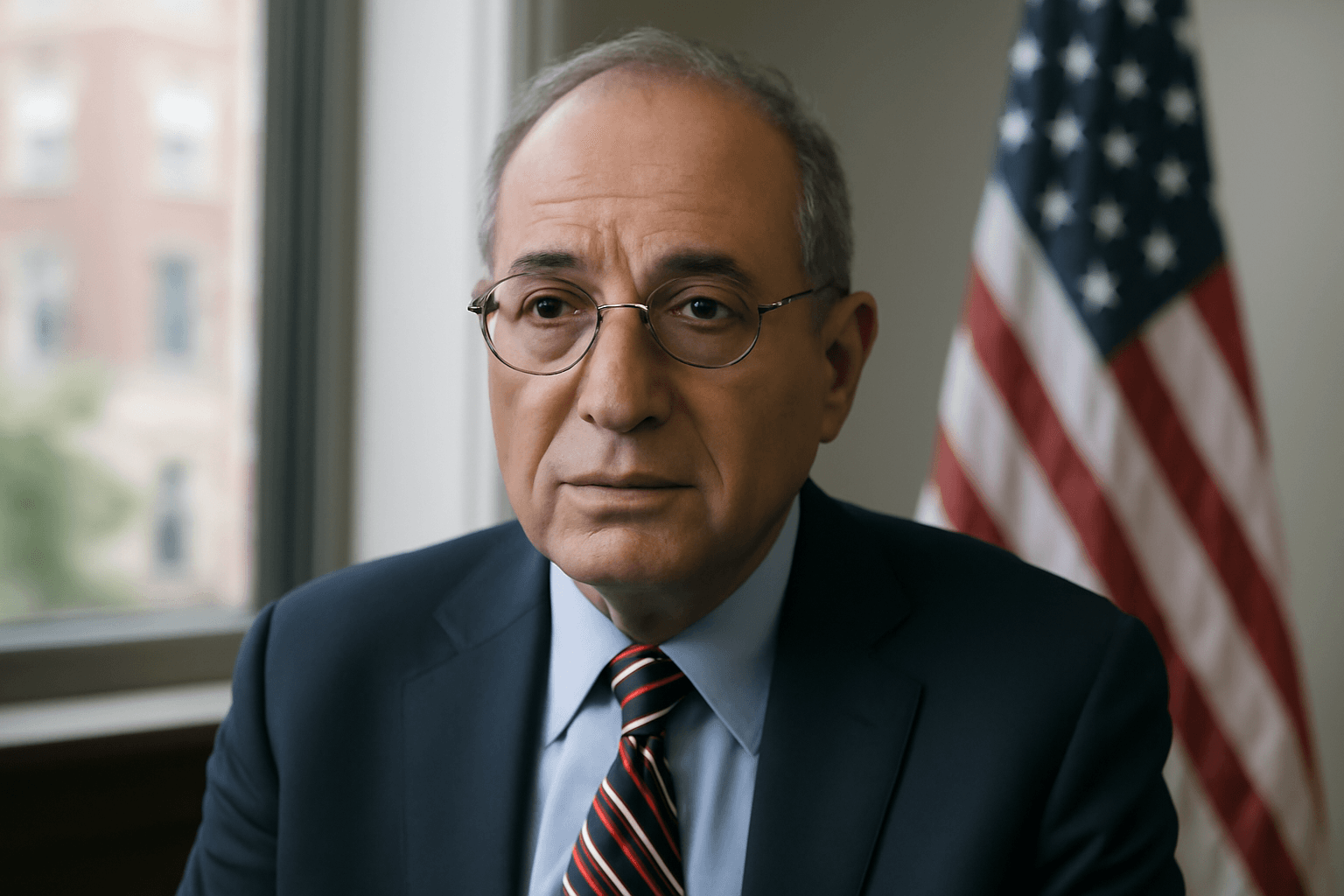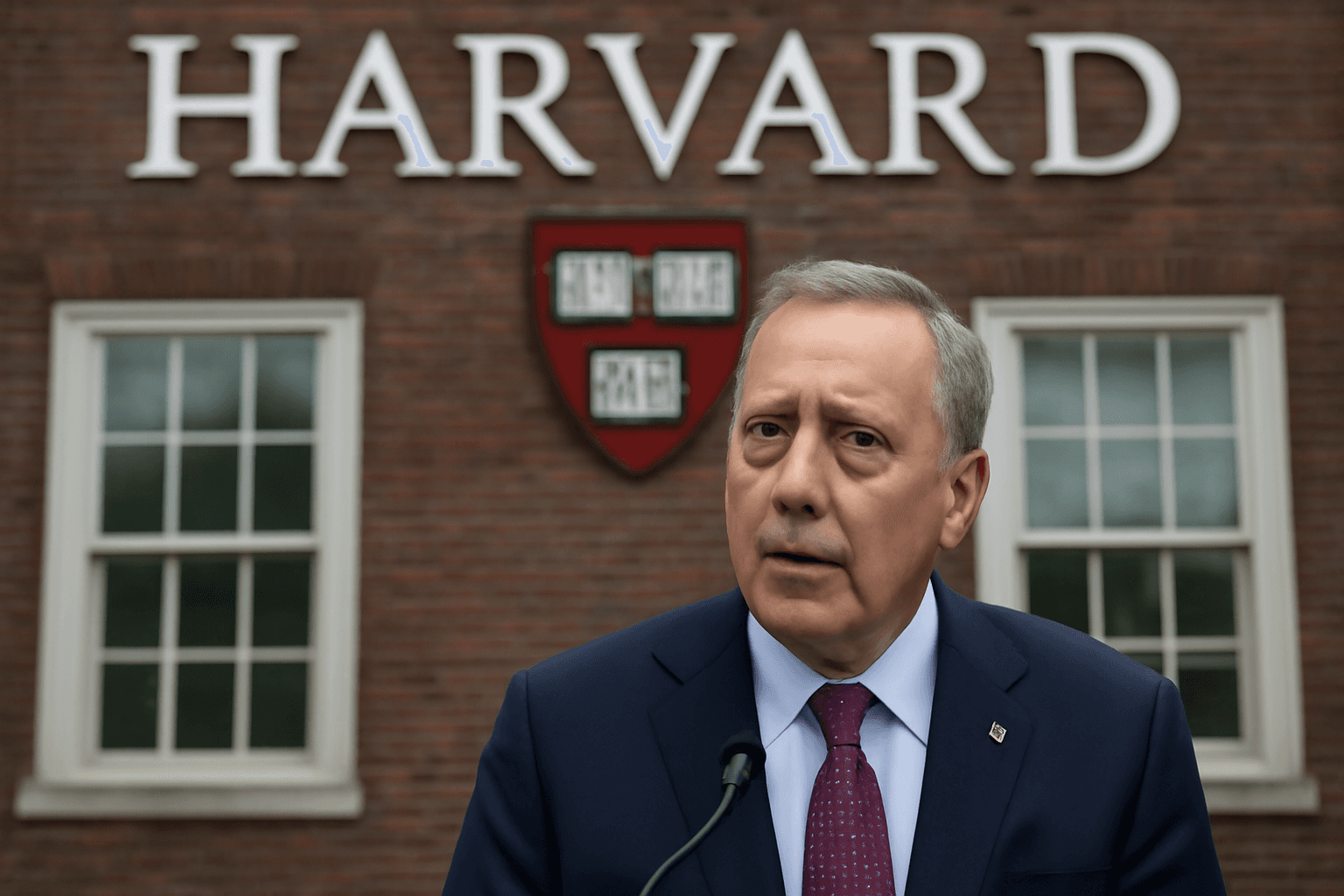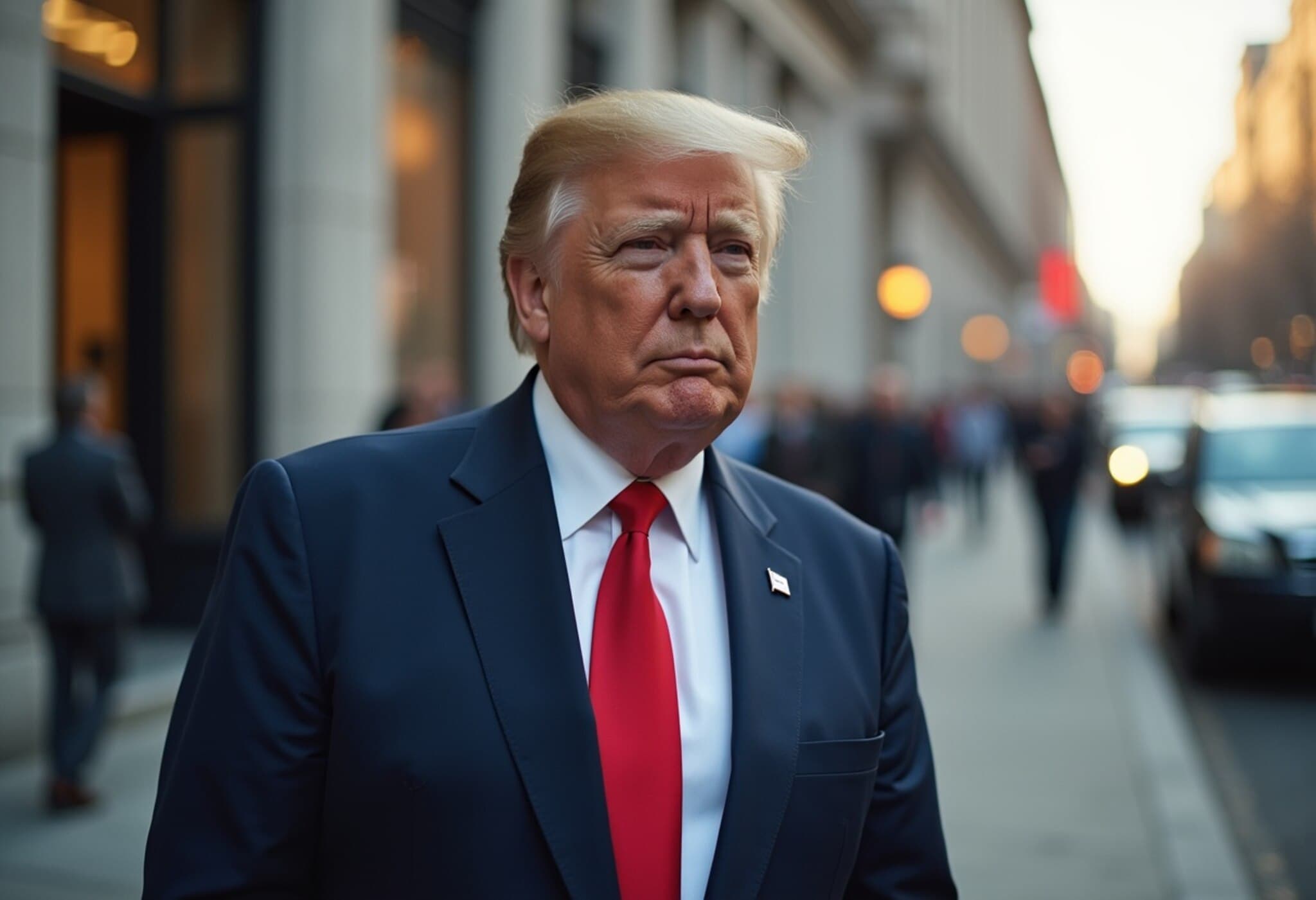Trump Administration Launches Legal Battle Against New York's Sanctuary Policies
In a significant escalation of the ongoing clash between federal and local governments on immigration enforcement, the Trump administration filed a lawsuit against New York City on Thursday. The suit targets the city's sanctuary city policies, accusing them of hampering federal immigration efforts and endangering public safety.
The Heart of the Dispute: Sanctuary Cities and Federal Authority
Sanctuary cities, by definition, limit cooperation with federal immigration authorities, often refusing to share information or detain undocumented immigrants beyond their release dates unless there is a criminal warrant. New York City, with sanctuary laws dating back to 1989, has long been a focal point in this national debate.
The Trump Justice Department's complaint asserts that New York’s sanctuary policies "impede the Federal Government's ability to enforce federal immigration laws" and violate the Supremacy Clause of the U.S. Constitution — which establishes federal law as the supreme law of the land.
The lawsuit specifically names top city officials, including Mayor Eric Adams, City Council Speaker Adrienne Adams, and Police Commissioner Jessica Tisch, seeking a court ruling to invalidate sanctuary laws and prevent their enforcement.
Tensions Rising Despite Early Cooperation Efforts
Interestingly, prior to Trump's inauguration, Mayor Adams sought to foster cooperation with Trump’s administration by meeting with former "border czar" Tom Homan. Adams even publicly supported a bill that would soften parts of the sanctuary regulations to facilitate better collaboration on violent crime.
Yet, relations have since soured dramatically. After a shooting involving a Customs and Border Protection (CBP) officer in New York, Homan aggressively condemned the city’s sanctuary stance, pledging to ramp up federal presence in such jurisdictions. Homeland Security Secretary Kristi Noem echoed these hardline positions, turning sanctuary policies into a central target for the administration’s immigration enforcement strategy.
City Officials Push Back: Safety or Politics?
Mayor Adams responded via social media, reaffirming support for sanctuary laws while acknowledging some policies might require adjustment to enhance public safety. However, he noted resistance within the City Council to revisiting those laws.
New York City Council representatives emphasized the city's commitment to public security, arguing sanctuary laws actually make communities safer. According to them, these policies encourage immigrant residents to cooperate with law enforcement without fear of deportation, fostering trust vital for effective policing.
"Evidence consistently shows that cities with sanctuary laws are safer than those without," the council spokesperson said, while condemning the Trump Administration’s approach as disruptive to community cohesion.
Legal and Political Context
- Federal Pushback on Sanctuary Jurisdictions: Beyond New York, the administration has filed lawsuits against Illinois, Chicago, and Los Angeles for similar reasons.
- Previous Injunctions: Courts have blocked prior Trump-era orders that sought to punish sanctuary cities by withholding federal funds, citing constitutional issues.
- The Green Light Law Lawsuit: The Justice Department has also challenged New York’s "Green Light Law," which allows undocumented immigrants to obtain driver’s licenses and limits data sharing with immigration authorities.
Expert Insight: The Complex Intersection of Law, Public Safety, and Politics
This legal battle lays bare a broader question with profound policy implications: To what extent should local governments protect immigrant communities from federal enforcement—for humanitarian, public safety, or civic reasons—versus the federal government's mandate to enforce immigration law uniformly across states?
Legal scholars note the Supremacy Clause does grant federal law precedence, yet the balance of authority over how law enforcement resources are allocated at local levels remains contentious. Moreover, public safety outcomes tied to sanctuary policies generate debate; some studies suggest increased community trust improves policing, while critics argue certain policies hinder removing violent offenders.
From a policy standpoint, this standoff also reflects deeper political divides between predominantly Democratic urban centers advocating sanctuary protections and a Republican-led federal government intent on stricter immigration controls.
What’s Next?
The lawsuit is poised to fuel debates over immigration for months ahead, likely culminating in significant court rulings that could reshape how sanctuary laws operate nationwide. Meanwhile, New York and other sanctuary jurisdictions will confront tough choices balancing community trust, immigrant rights, and compliance with federal law.
For citizens, policymakers, and immigrant communities alike, this case underscores the ongoing tension between security and sanctuary in America’s evolving immigration landscape.
Editor's Note
This lawsuit illustrates the complex push-and-pull between federal authority and local autonomy in immigration policy—a microcosm of America’s broader immigration debate. Readers should consider: How do sanctuary city policies affect overall community safety and immigrant rights in your locality? Could federal efforts to enforce immigration laws be balanced more effectively with local concerns? The answers may shape the future of immigrant integration and law enforcement in the U.S.

